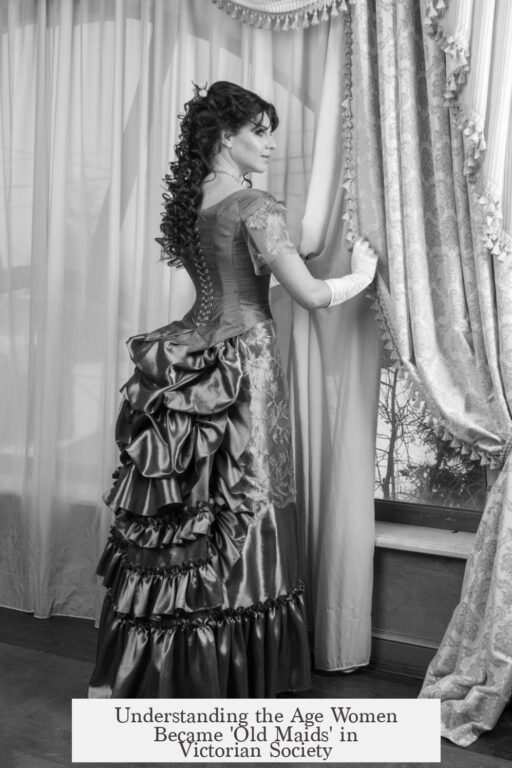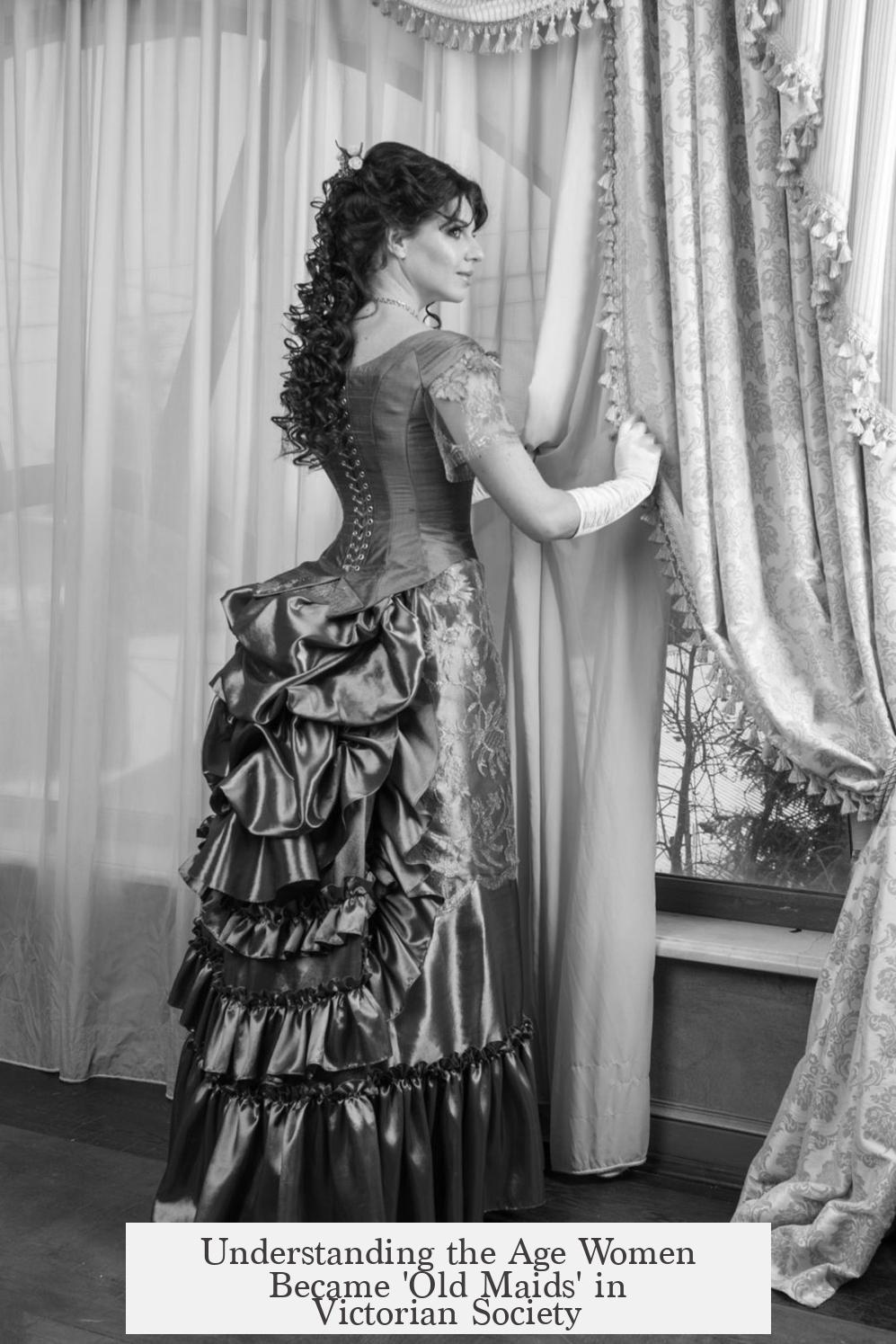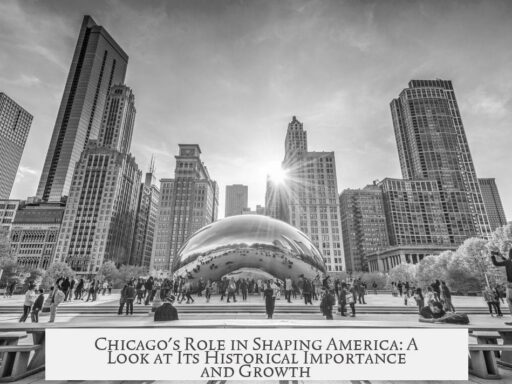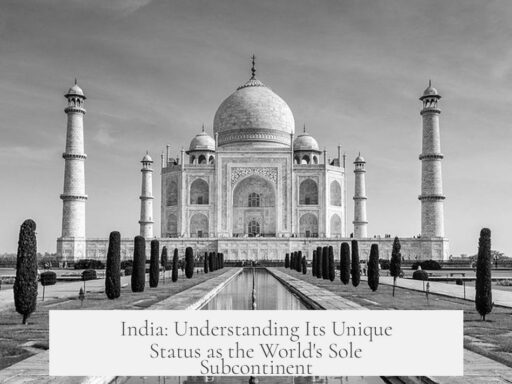In Victorian times, there was no fixed age at which a woman was universally labeled an “old maid” or spinster. Instead, this status emerged gradually as a woman moved beyond the typical marriage age, making it increasingly unlikely she would marry, usually by her early to mid-thirties.
Victorian society expected women to marry mainly in their twenties. Studies like Women and Marriage in Nineteenth-Century England show the average age for first marriage ranged from 23 to 26 for women. Men married later, often from 25 to 30. This varied by class and location: poorer rural women tended to wed younger, wealthier urban women later.
As a woman passed beyond the mid-twenties without marrying, she gradually fell outside societal expectations. Once she reached around 30 to 35 years old, people commonly assumed marriage was unlikely. This age range became a social marker for the “old maid” stereotype, although no strict cutoff existed.
The label “old maid” carried strong negative connotations. It was a judgment not only about marital status but also about a woman’s failure to fulfill her socially prescribed role as wife and mother. Victorian culture idealized marriage, childbearing, and domesticity as a natural female destiny.
This stereotype was also expressed through physical and behavioral traits. Fiction and social commentary depicted old maids as unfashionable, often wearing outdated clothing and hairstyles. They might be described as having poor posture, less attractive features, or looking austere. Personality traits assigned to them included harshness, indecision, or silliness. The image painted them as socially awkward or unappealing beyond their unmarried state.
Victorian “maids” originally referred to young, unmarried, and generally virtuous women expected to marry. Remaining unmarried implied an incomplete or tragic life. For those lacking wealth or other means of independence, spinsters became dependent on relatives or charity, marking them as socially inferior.
Contemporary social attitudes were often dismissive or hostile. Old maids were commonly the object of mockery and ridicule, known for being teased mercilessly, or “quizzed.” As recorded in 1827 social commentary, they were invited to social events only out of obligation and faced unjust criticism from both sexes. Whether neat or simple in dress, talkative or silent, old maids were harshly judged. Their presence challenged Victorian ideals of femininity, leading to social exclusion or condescension.
Overall, the “old maid” was less a fixed category and more a social construct reflecting Victorian values around gender, marriage, and societal roles. A woman’s increasing age without marriage signified deviation from the norm. This was intertwined with assumptions about personal traits and social worth, resulting in marginalization and stigma.
- Victorian women typically married between 23 and 26 years; men married later.
- By age 30–35, women were often socially perceived as unlikely to marry, edging into “old maid” status.
- “Old maid” was a loaded, negative term linked to failure to meet expected female roles.
- Stereotypes included unfashionable appearance, physical unattractiveness, and personality flaws.
- Unmarried women were socially dependent and faced ridicule and exclusion.
- The concept reflected Victorian values emphasizing marriage, motherhood, and domesticity.
At What Age Were Women Perceived as an Old Maid/Spinster in Victorian Times?
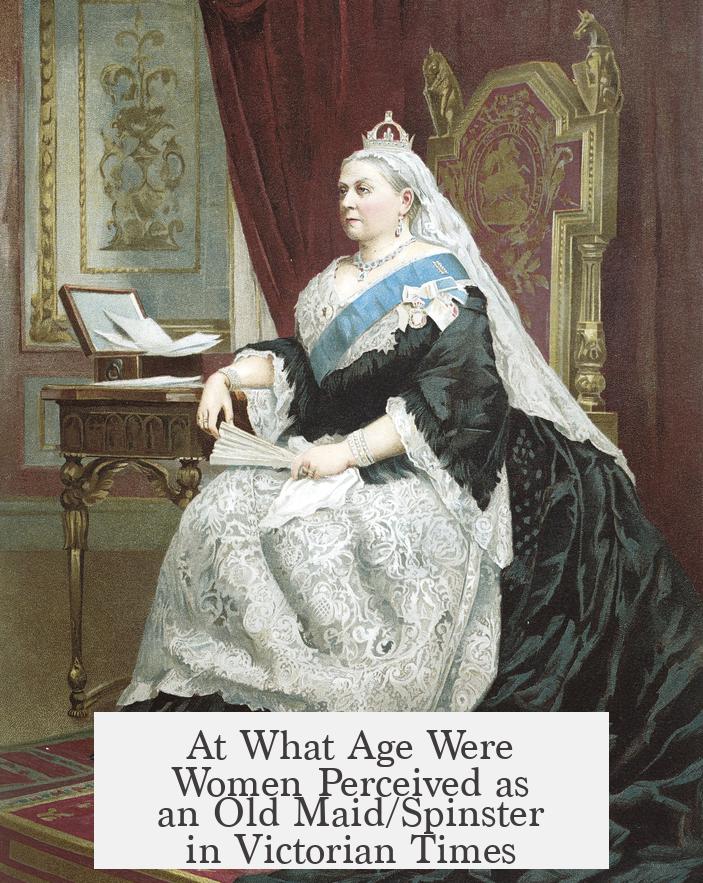
Short answer: Victorian society didn’t fix a precise age to call a woman an ‘old maid’ or spinster. Instead, women who passed their prime marriage years—typically their late 20s to early 30s—without marrying were gradually branded that way. By their early to mid-30s, most people saw them as unlikely to wed and gave them the loaded, often mocking label of old maids.
Now, let’s unwrap this Victorian conundrum piece by piece.
The Age Puzzle: No Exact Date Stamp
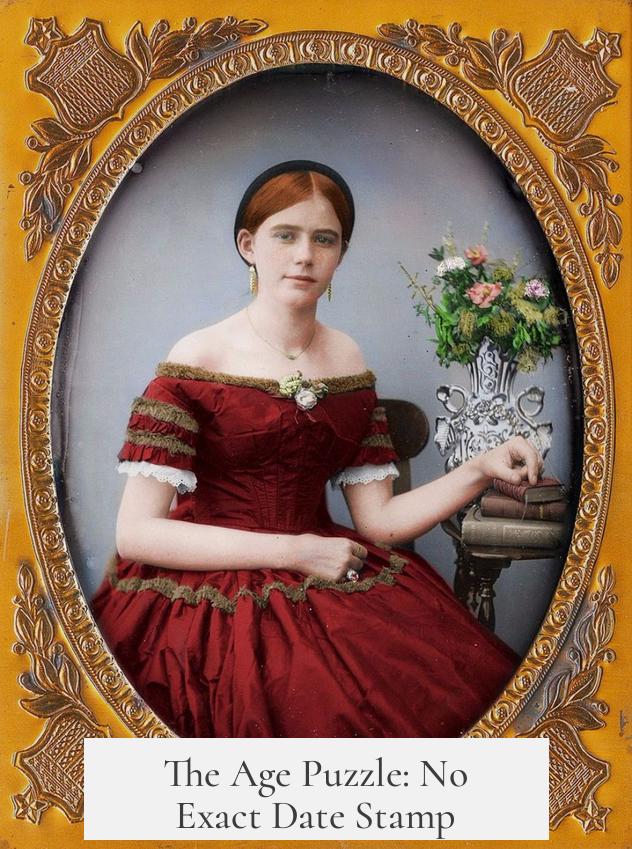
Imagine Victorian society as a strict matchmaker with a very loose calendar. Unlike today, there wasn’t a defined cut-off like “no proposals after 30.” Instead, terms like “old maid” floated around not as a neat category but more like a social whisper pointing to a dwindling chance of marriage.
“There really was no specific age – it was not about hitting a specific milestone, but simply reaching a point where it became very unlikely that a woman would get married in the future. ‘Old maid’ was a loaded term, not a neutral description in opposition to ‘wife’. It was humorous – a joke.”
So, “old maid” was less a status and more a label born from society’s expectations and dark humor. It wasn’t “She is 32, so she’s officially an old maid”, but more “At 32, it seems she’ll never make a match, so…”
When Did the Clock Start Ticking?
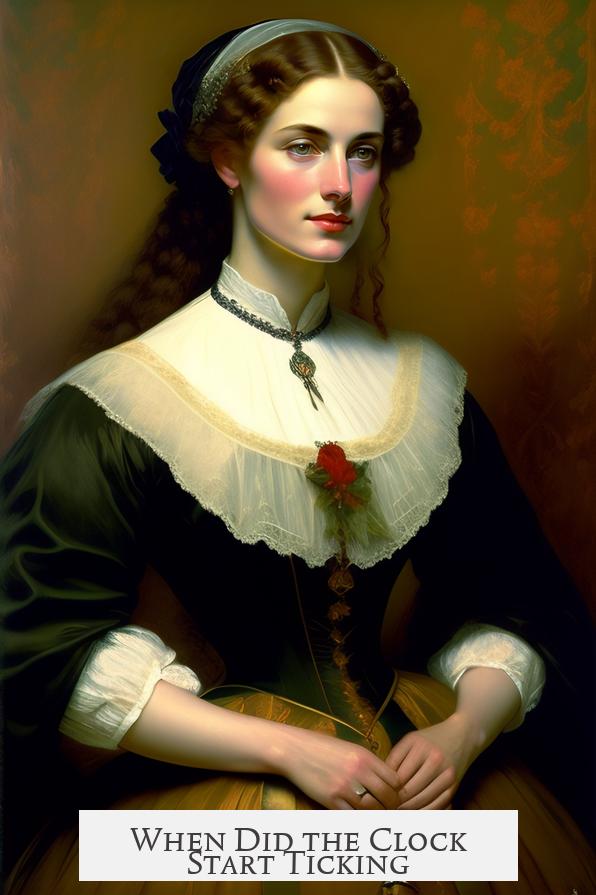
If you want concrete numbers, historian Joan Perkin tells us that Victorian women typically married between ages 23 and 26, and men a bit later—from 25 to 30. This varied by class and region: urban and wealthy folk married a bit later than rural and poor folks.
Crossing beyond 30 or 35 meant society’s gaze sharpened. The woman was beginning to be “past her peak,” and this slow creep into spinsterhood was often cruelly unkind.
- Women aged 23–26 were in their expected marriage window.
- Passing 30 or 35 was the fuzzy threshold where “old maid” whispers started.
- The shift was gradual, tied to how unlikely marriage seemed, not a sudden social branding.
So yes, 35 wasn’t a hard line, but it often felt like a tipping point. It’s like a slow slide down a slippery slope, marked by social glances and whispered jokes.
The Look and Feel of an Old Maid
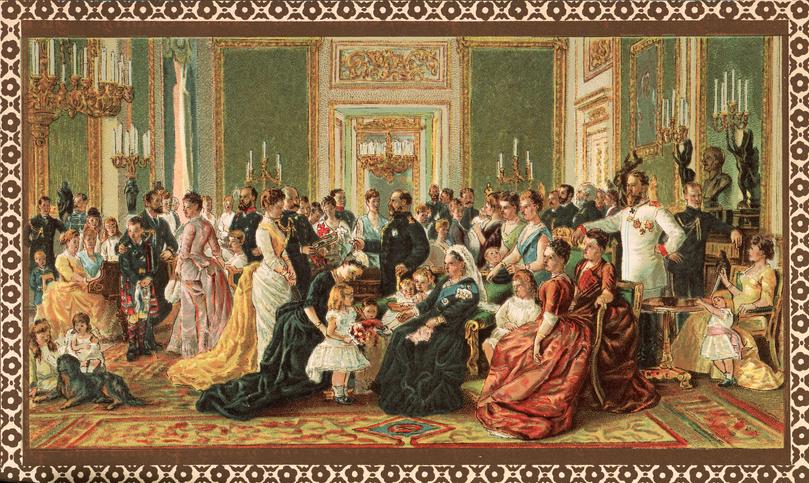
Victorian fiction gives us vivid clues about what it meant visually and socially to be branded an old maid.
The stereotype was more than just age; it was a whole package of unfortunate qualities:
- Clothes stuck in the past, styles from a decade ago, unwilling or unable to keep up with fashion.
- Hair pulled back tightly as if to avoid fuss, signaling stiff, old-fashioned manners.
- Physical traits read as unattractive: poor posture, notably large noses, or extreme thinness.
- Personality quirks stereotyped negatively—for example, harshness, odd silliness, or indecision.
Think of it as a Victorian cosplay gone wrong: no charm, no sparkle, just a social warning sign flashing “unmarried and aging.” This negative image stuck in both the public imagination and in stories, reinforcing the stigma.
Old Maid or Spinster: A Social Death?
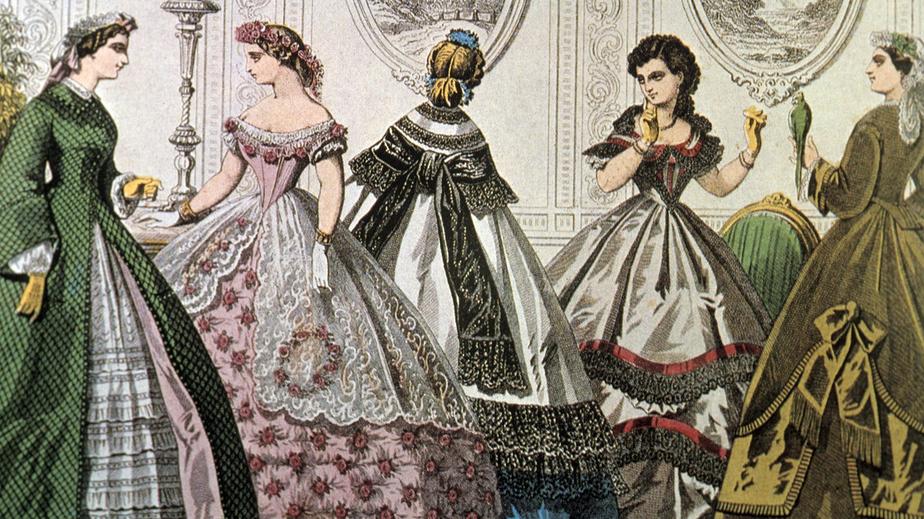
Victorians viewed marriage as a crucial milestone for women. To remain unmarried was to fail a “natural” destiny—to marry, have children, and cultivate a warm home. If that window closed, the woman was seen as missing something essential.
“…every ‘natural’ woman wanted to get married, have children, and make a warm and pleasant home… so an unmarried adult woman must have a hole in her heart…”
This “hole” metaphor wasn’t just poetic; it reflected harsh social truths. Unmarried women were often dependent on relatives and lacked the social status that came from being a wife. Instead of independence, they lived a liminal existence—pitied, mocked, or ignored.
The term ‘old maid’ mixed pity with humor and contempt. It was simultaneously sad and ludicrous in the public eye. And if the woman wasn’t independently wealthy? Well, she slid lower in the social hierarchy.
How Did Society Treat These Women?
Victorian social gatherings reveal the harsh reality. Old maids were often invitations of necessity rather than hospitality.
“…the old maids… of course must be disagreeable.”
“How much is thought and said of Old Maids!… frequently grossly satirized!… Aunt Dorothy is sure to be selected as his victim: ‘she is only an Old Maid’…”
“If one is neat in attire, she is condemned as finical; if not, she is stigmatized as a disgrace. If she speaks, she is garrulous; if silent, suspected of spying.”
Imagine the no-win game: being judged for everything from dress to demeanor. Men, women, young, old—all found reasons to mock and belittle. Their social existence balanced on genteel cruel jokes and exclusion. Question: how liberating can a society be if it traps its women in such a cage of expectations and ridicule?
Why Does This Matter Today?
The Victorian ‘old maid’ stereotype offers a window into historical gender roles with harsh clarity. It reminds us how flexible yet firm social labels can be. Age alone never defined the label; social expectations did.
Far from a harmless joke, the old maid image was a social weapon—not just about marriage, but about control and conformity wrapped in humor and scorn.
Looking back, it’s clear the damage such stereotypes caused. They dismissed women’s worth beyond marriage and trapped many in dependency or ridicule.
Today, many of us laugh at the idea of a “spinster” as an anachronism, but such terms still echo in social expectations about aging and relationship status. We can learn from the Victorian example—questioning labels, expanding what success means for women and men alike.
Final Thoughts: When Was a Victorian Woman Truly an ‘Old Maid’?
Being “old” or a “maid” wasn’t about the calendar—it was about failing an unspoken social script. Around 30–35, more widespread whispers started, but age was just one part of a complex, often cruel social landscape.
It meant embodying a set of physical, social, and personality stereotypes that stripped women of power and placed them on the social margins. Unmarried women were seen as mildly tragic and perpetually comic figures, a status far from neutral or kind.
Next time you read Victorian novels or watch period dramas, pay attention to how these subtle cues paint a deeper picture. The joke, the pity, the scorn—they shaped women’s lives more than a simple number ever could.
Now, what do you think? Have modern views completely outpaced Victorian cruelties, or do some echoes still linger in our own social attitudes?
At what age did Victorian society start to perceive women as old maids or spinsters?
Women were typically seen as old maids once they passed their early to mid-20s without marrying. By the age of 30 to 35, it became clear to many that marriage was unlikely, marking the start of the old maid stereotype.
Was there a specific age that officially defined an old maid in Victorian times?
No fixed age officially defined an old maid. The status was socially constructed based on marriage chances rather than a clear cutoff. It was more about being beyond the typical marriage age than hitting a set year.
What physical and social traits were associated with the Victorian old maid stereotype?
Victorian old maids were often pictured with outdated fashion, poor posture, or physical traits seen as unattractive. They were also thought to display negative personality traits like harshness or silliness, reinforcing their social image.
Why was being an old maid considered a social failure in Victorian society?
Marriage was tied to a woman’s expected role: wife, mother, and homemaker. Not marrying meant failing these roles, leading to social dependence on relatives and often ridicule by the community.
How were old maids treated socially in Victorian times?
They faced social exclusion, were invited to events only out of obligation, and were harshly satirized. Both men and women criticized their appearance and behavior, subjecting old maids to mockery and exclusion.
